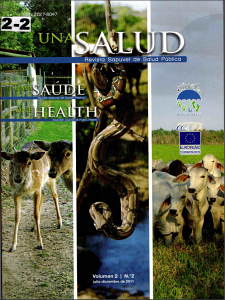Abstract
As blood-feeding insects, fleas are vectors of bacteria, such as Yersinia pestis, Rickettsia felis, Rickettsia typhi and Bartonella henselae, as well as viruses, such as the feline leukemia virus (FeLV). Fleas are also intermediate hosts for the parasitic larval stadia of the dog and cat tapeworm, Dipylidium caninum. The most important current emerging flea-borne zoonotic diseases are the cat-scratch disease, caused by B. henselea and the flea-borne spotted fever caused by R. felis. Pathogen transmission by fleas takes place in many ways. Fleas are not host-specific and feed on many different hosts, such as humans, and transmission of pathogens may occur through these flea bites. Further transmission to humans can also occur via certain reservoir hosts, which are usually companion animals. This review presents information on the emergence of flea-borne zoonoses, including flea biology, life cycle and transmission modes. Additionally, prevention and control of flea-borne pathogens is outlined, including flea control failure in the environment.Downloads
Download data is not yet available.



